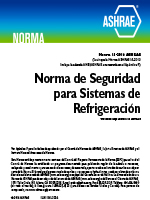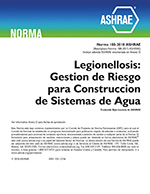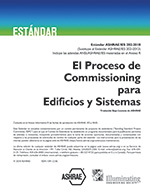Description
Buildings can be exposed to outdoor contaminants due to various reasons; accidents which involve gas toxic releases or severe weather conditions (e.g. dust storms). Such events can produce large amounts of outdoor contaminants and as a result can penetrate into the building environment through any opening and the ventilation system (HVAC). This process of air infiltration is known as ingress. Building ingress depends on wind pressures, ventilation system, and leakage characteristics of the building envelope, among others. All these driving factors can lead to uncertainties when trying to quantify them. Therefore, it is necessary to select a suitable method for the investigation of the phenomenon. The building airflow and concentration transport modelling can be achieved by using two main classes of indoor air quality (IAQ) models, namely multi-zone and Computational Fluid Dynamics (CFD). The first category represents a building as a network of well mixed zones, while properties such as temperature, humidity, and concentration are spatially uniform at each zone. On the other hand, CFD models simulate a building by dividing the domain into smaller finite volumes and resolve the transport equations. However, it is known that the well-mixed assumption of multi-zone models is not always valid. To surpass this difficulty, a combination of two available models, such as CONTAM and Quick Urban and Industrial Complex (QUIC), is adopted. The first is a multi-zone IAQ model and the latter (CFD model) is used for simulating the external wind pressure around the building, velocities and contaminant concentrations. The external wind pressure is also estimated by CONTAM using ASHRAE correlation for low rise rectangular buildings. The coupling of the models is superior for more realistic prediction of airflow and contaminant concentration and at the same time provides satisfactory compromise between computational demands and accuracy. The proposed methodology examines the building ingress, by using three different approaches for computing the external wind pressure of the building, for two different scenarios: building infiltration during a dust storm event and a release of a toxic gas affecting an administration building. The results obtained are compared with the different approaches for the computation of building pressure.
Citation: Second International Conference on Energy and Indoor Environment for Hot Climates, Doha, Qatar, February 2017
Product Details
- Published:
- 2017
- Number of Pages:
- 8
- Units of Measure:
- Dual
- File Size:
- 1 file , 1.5 MB
- Product Code(s):
- D-HCC17-09




